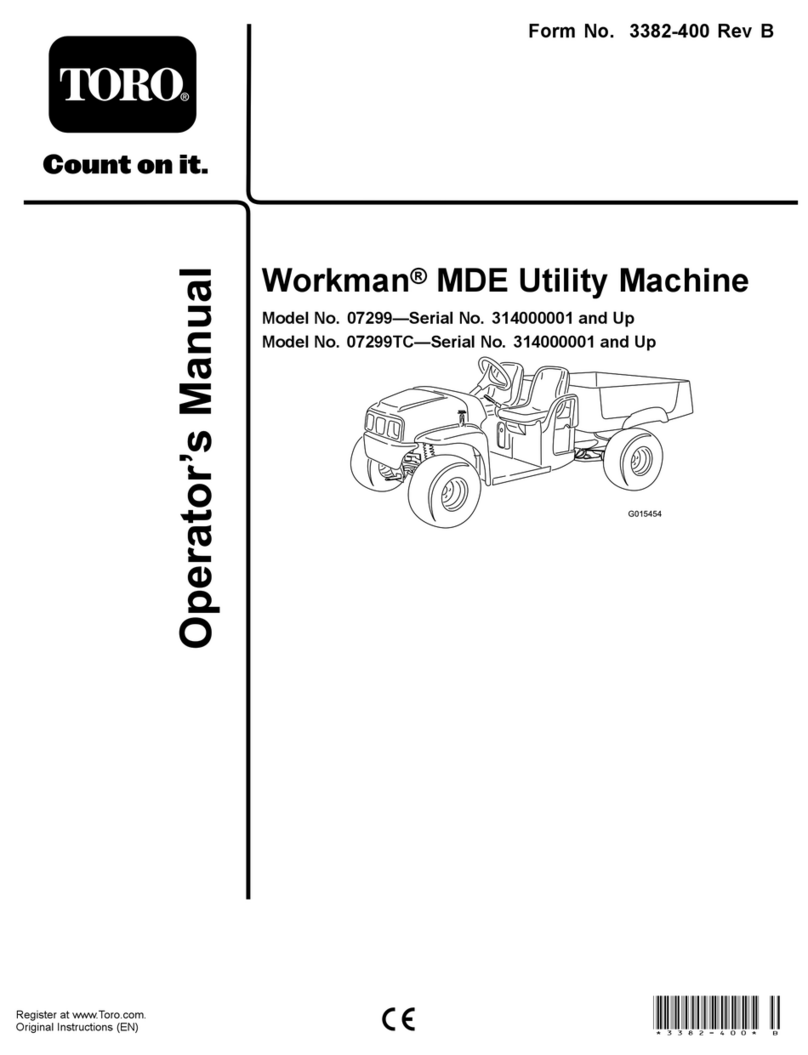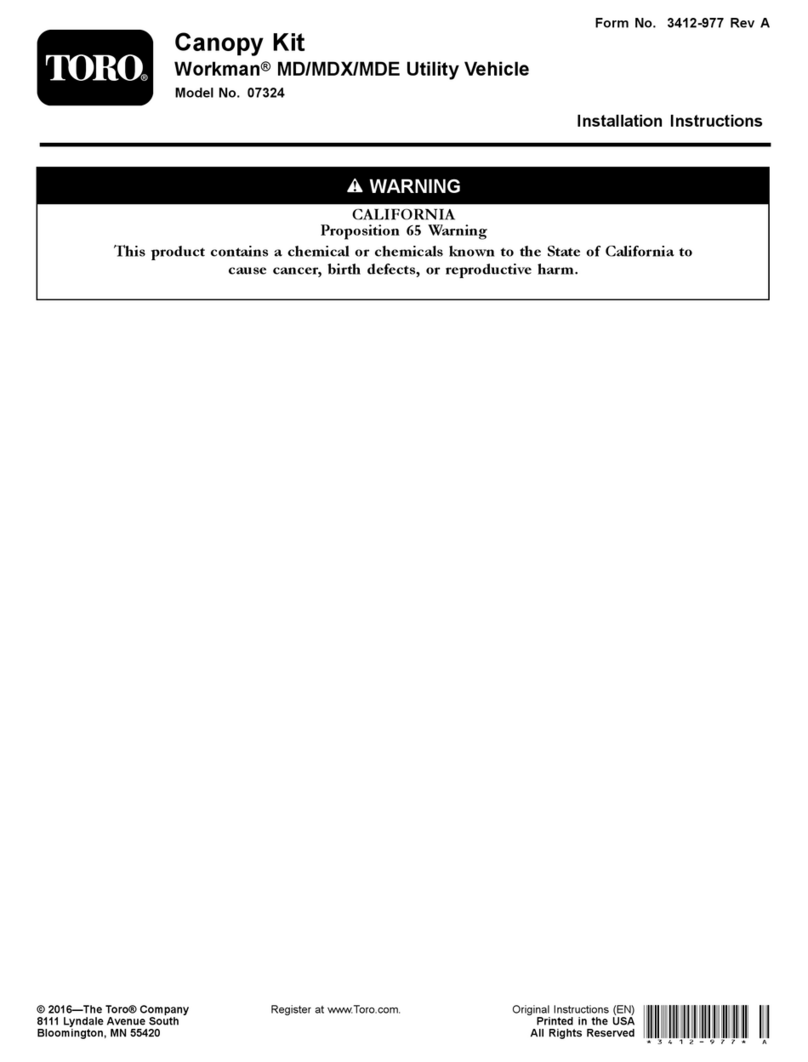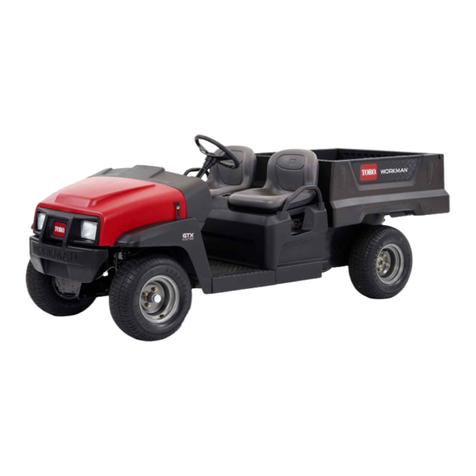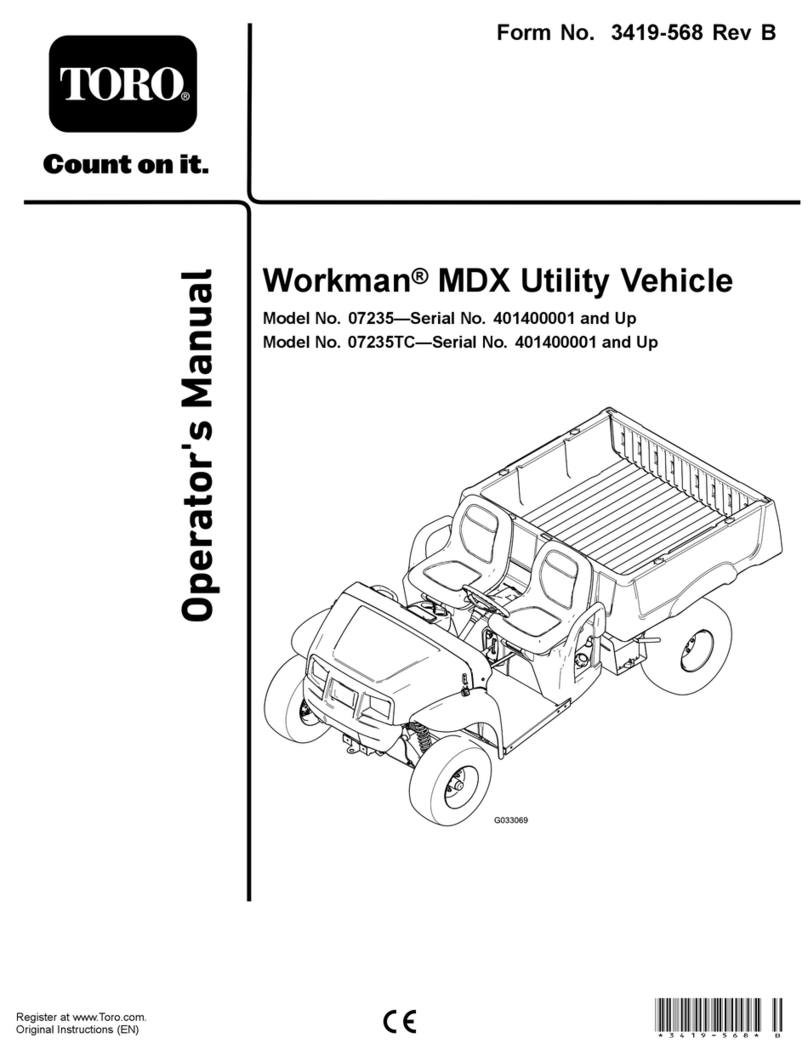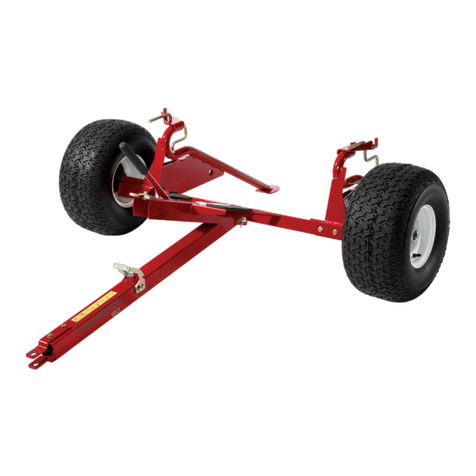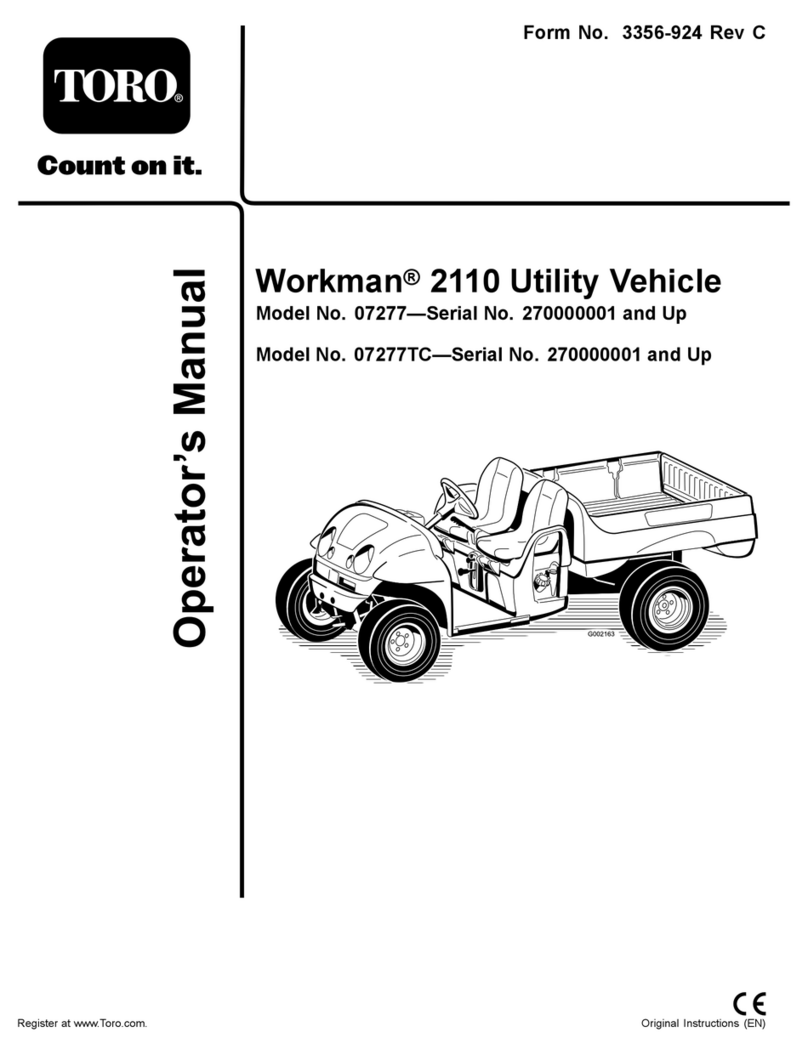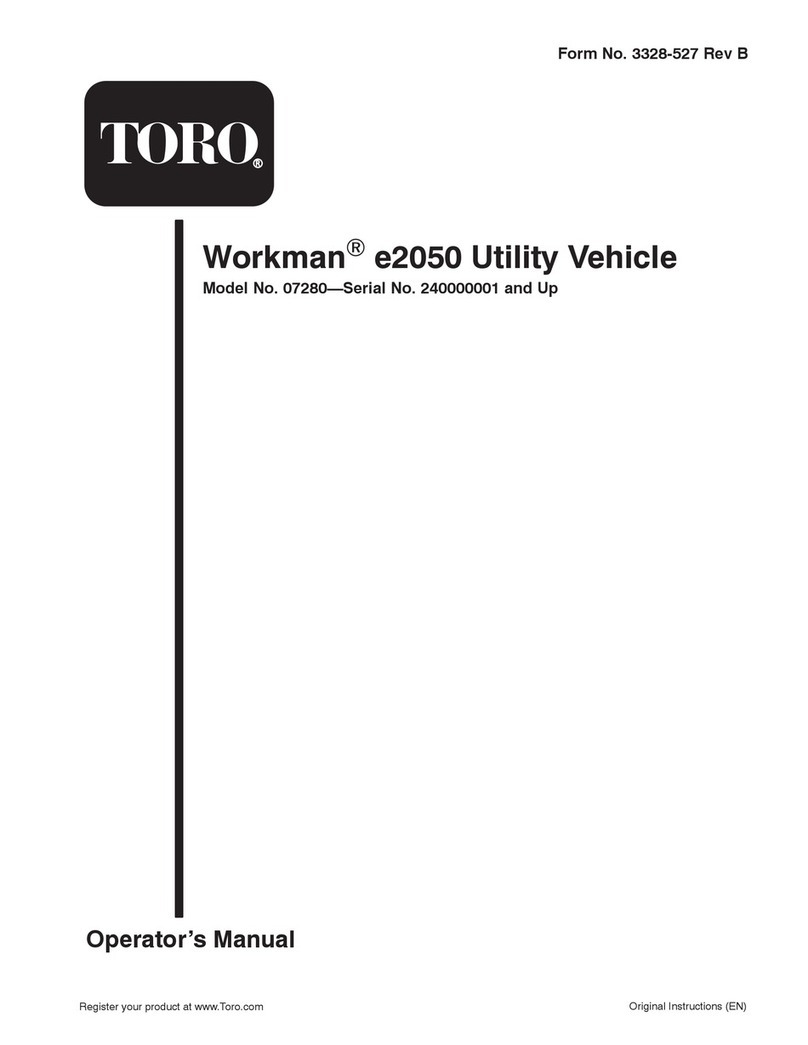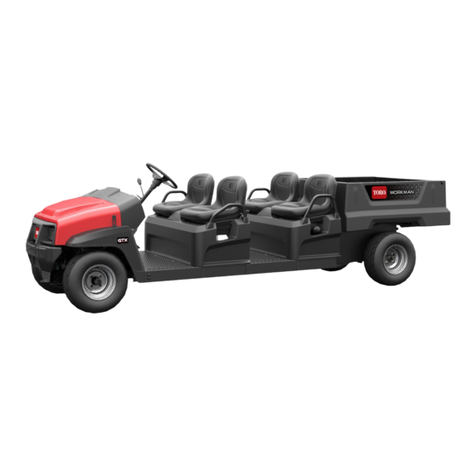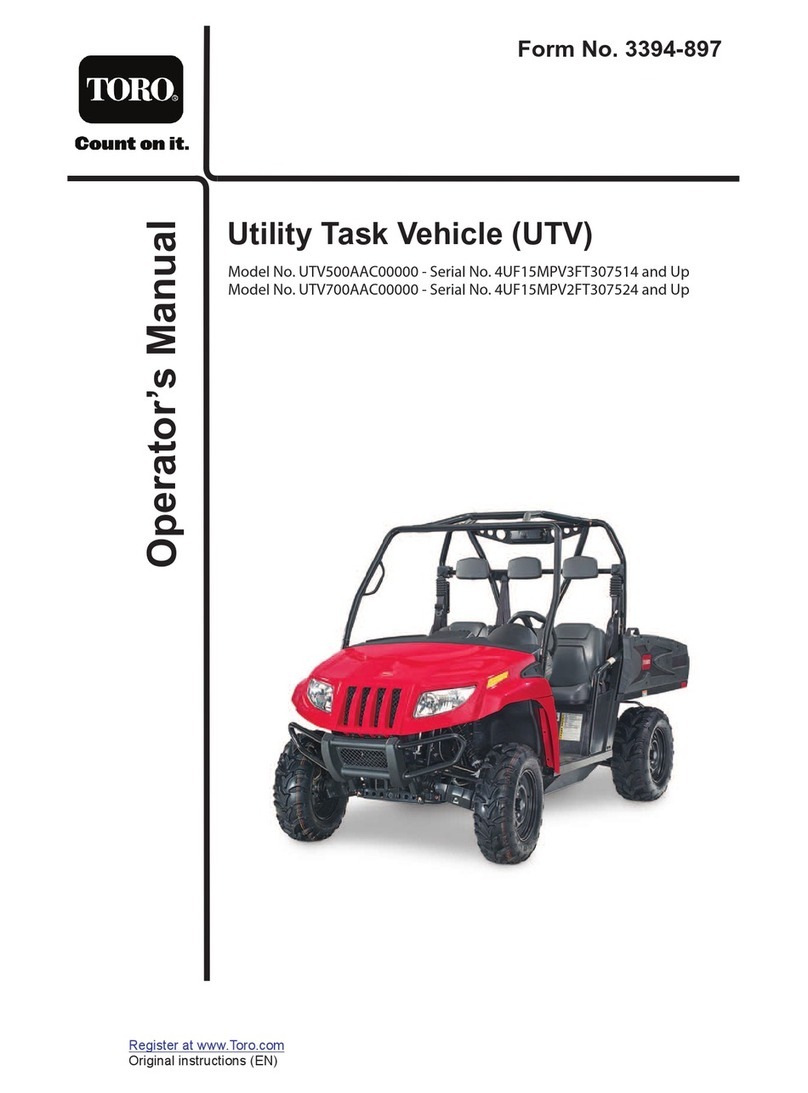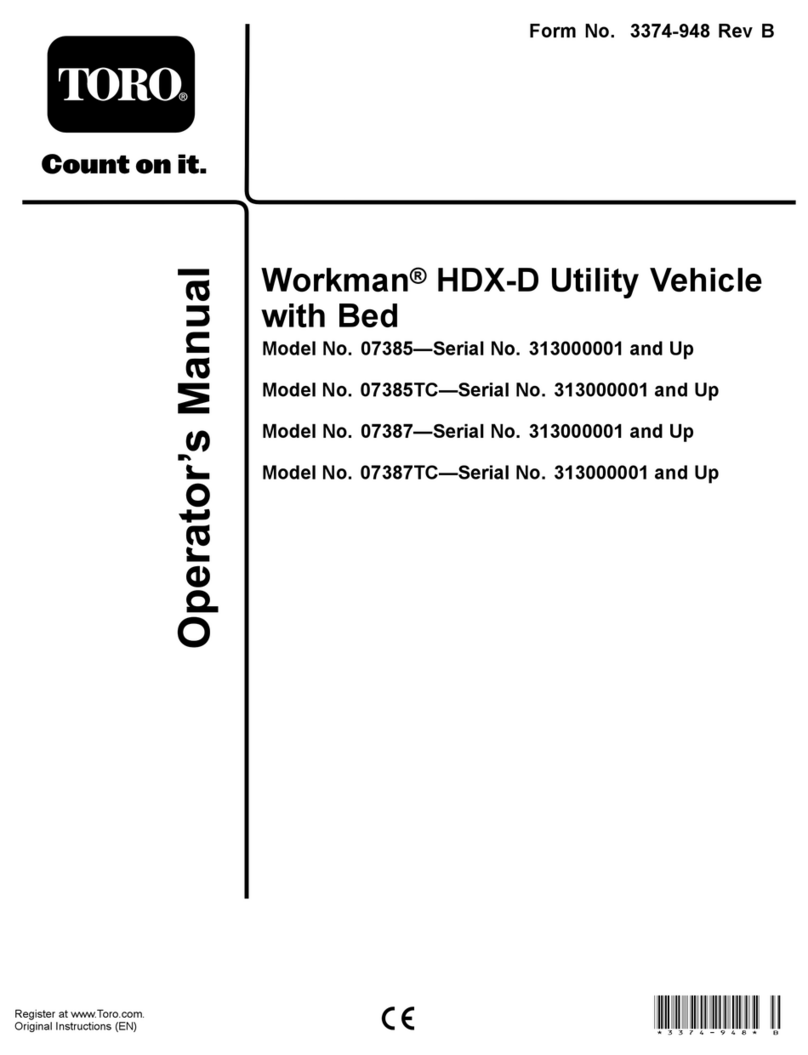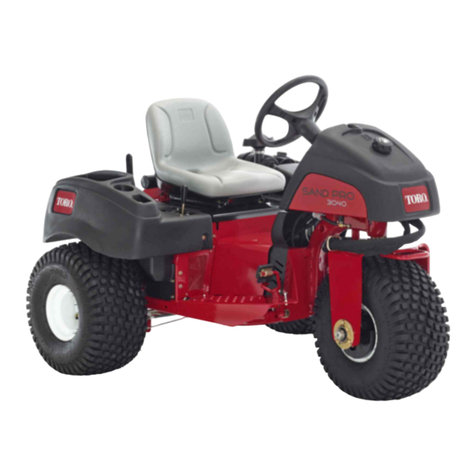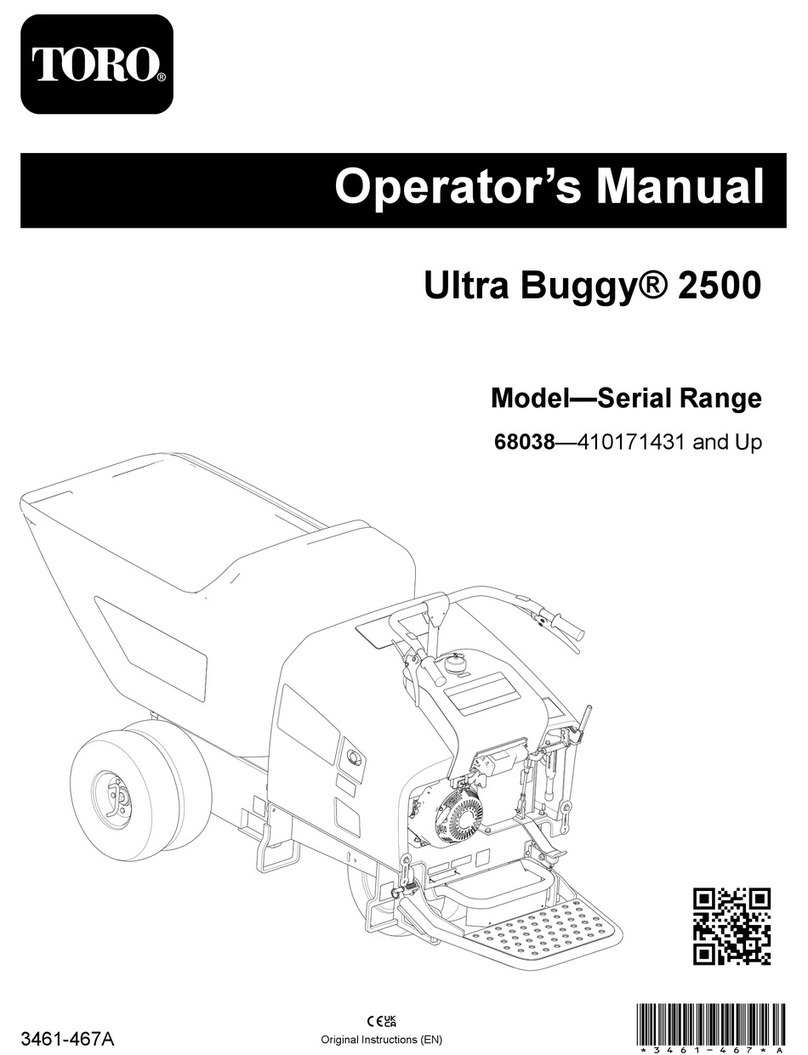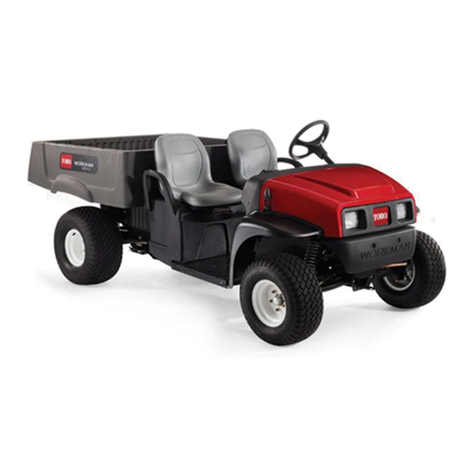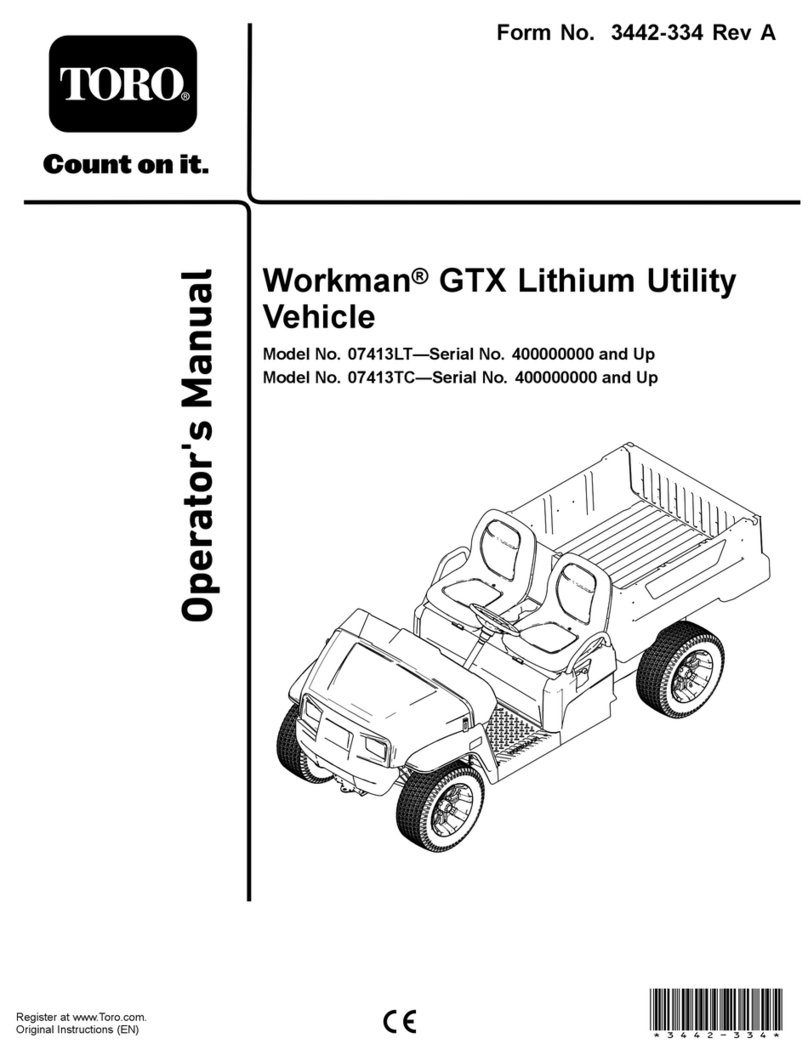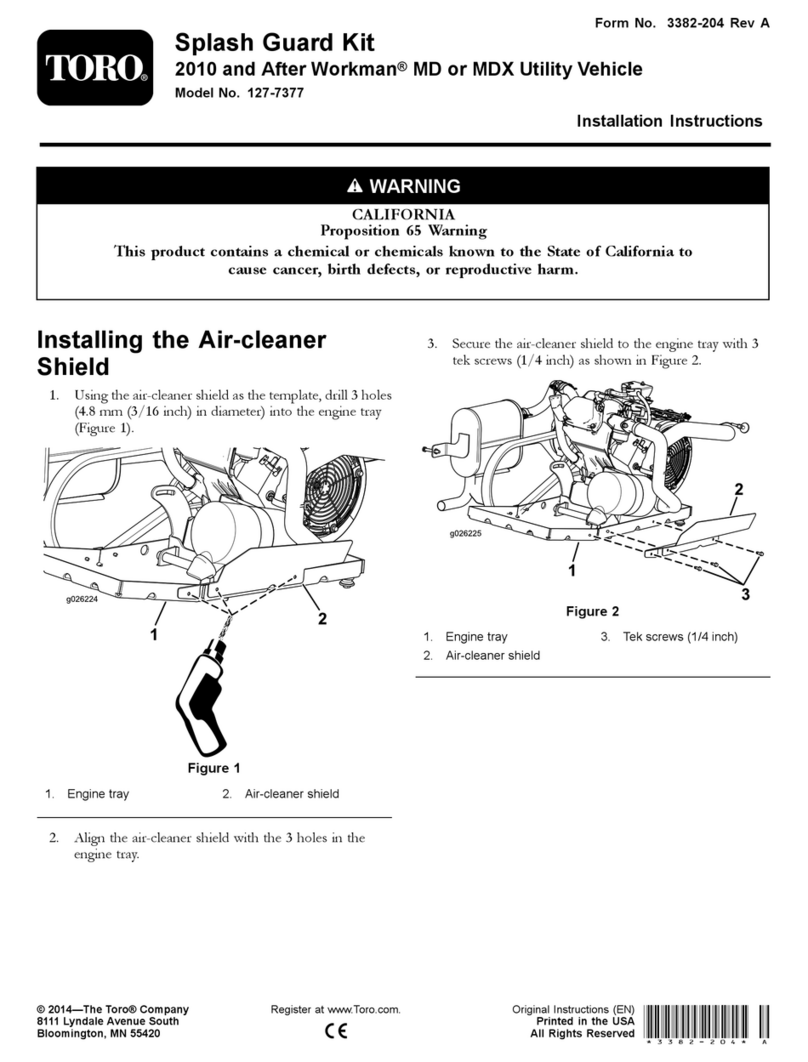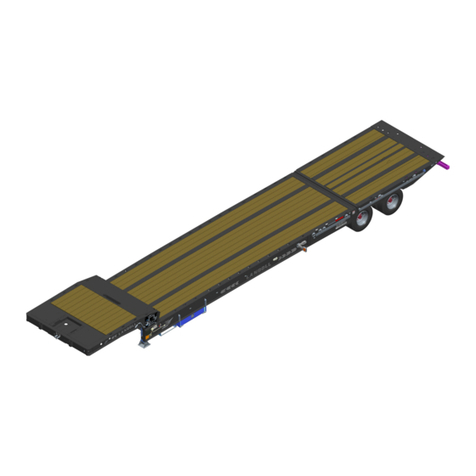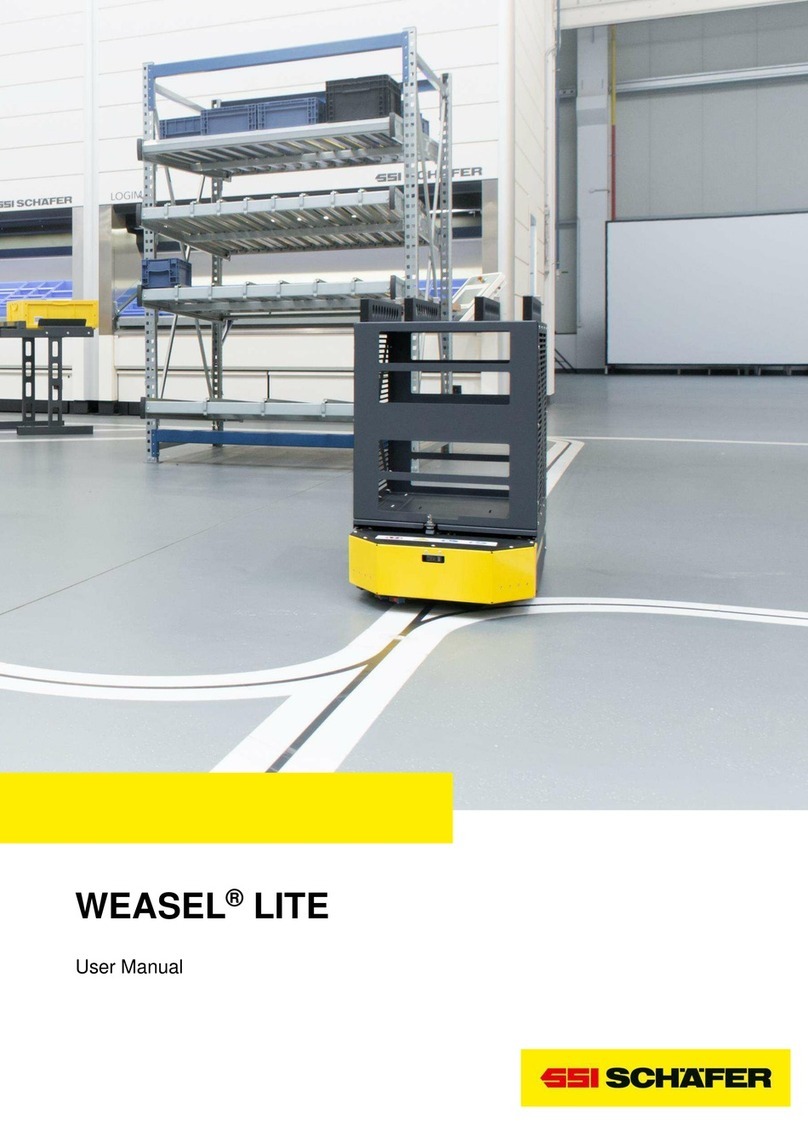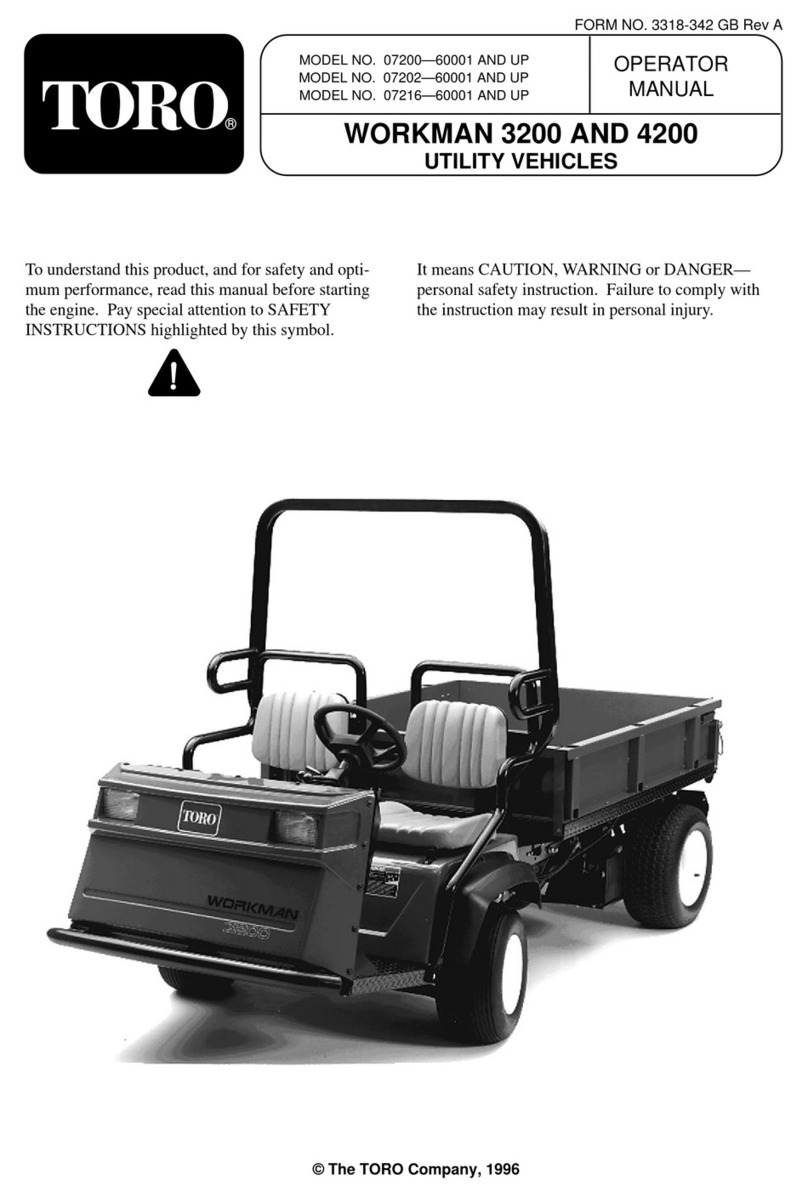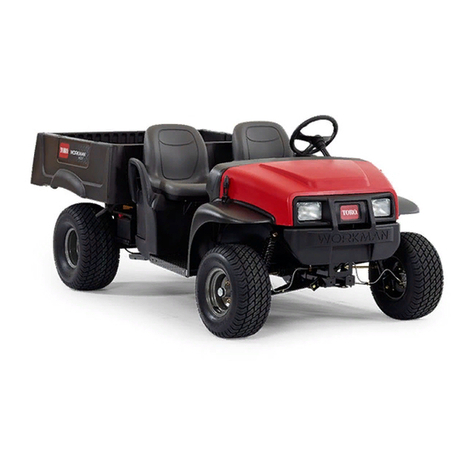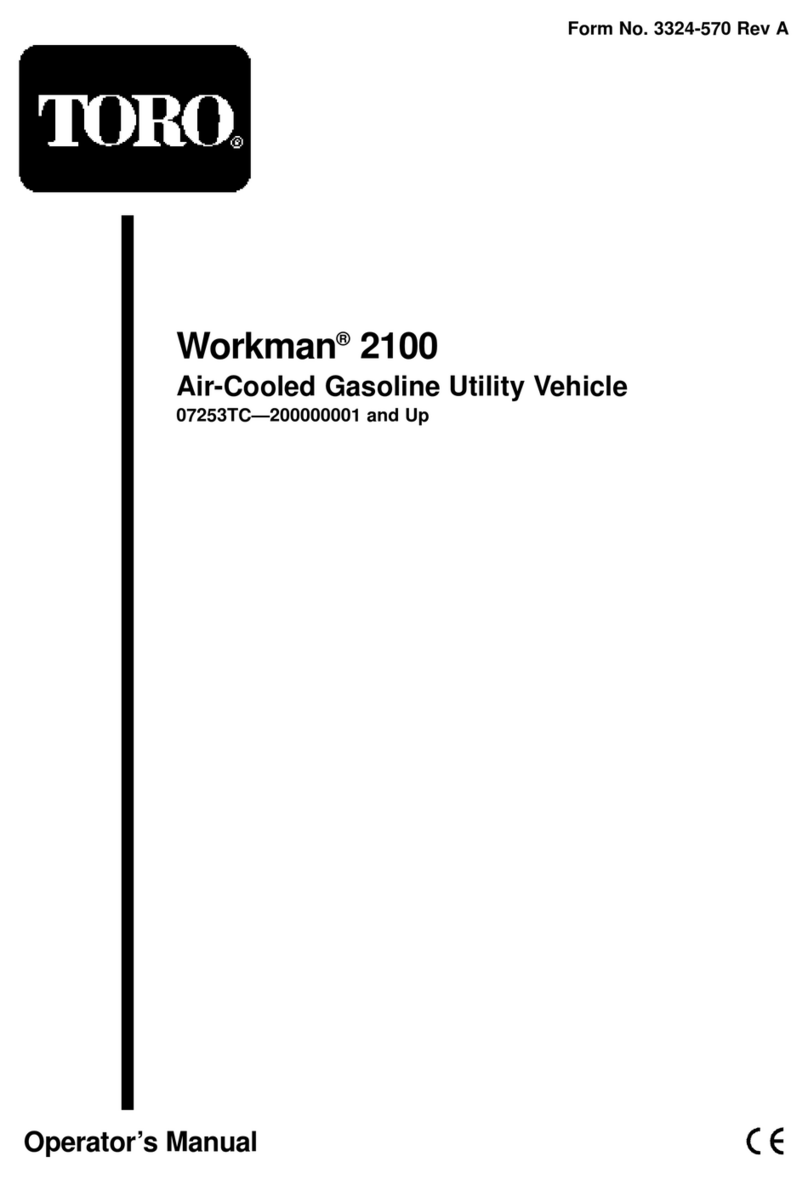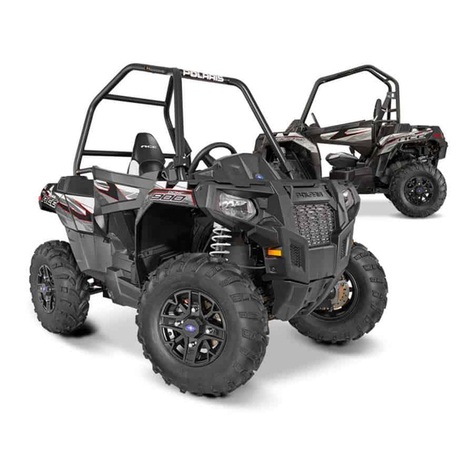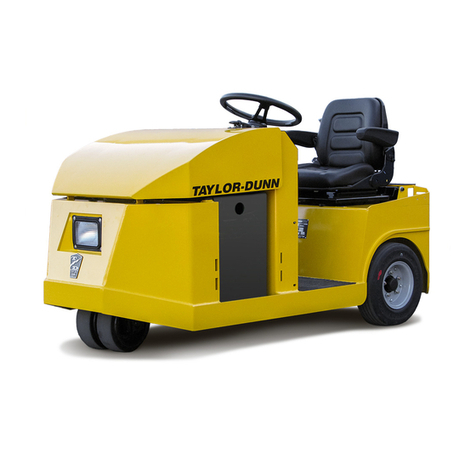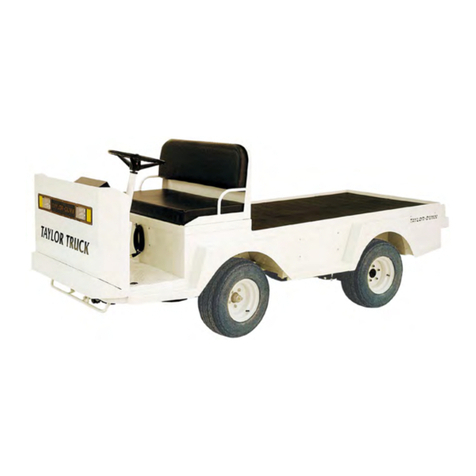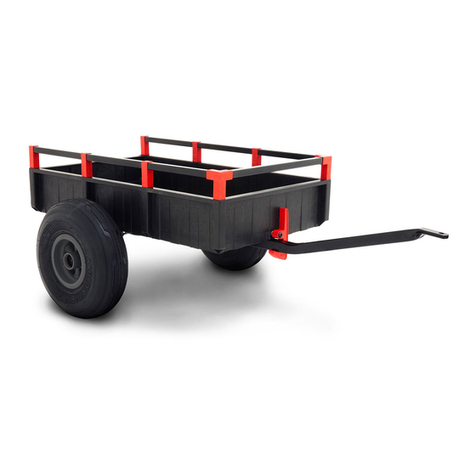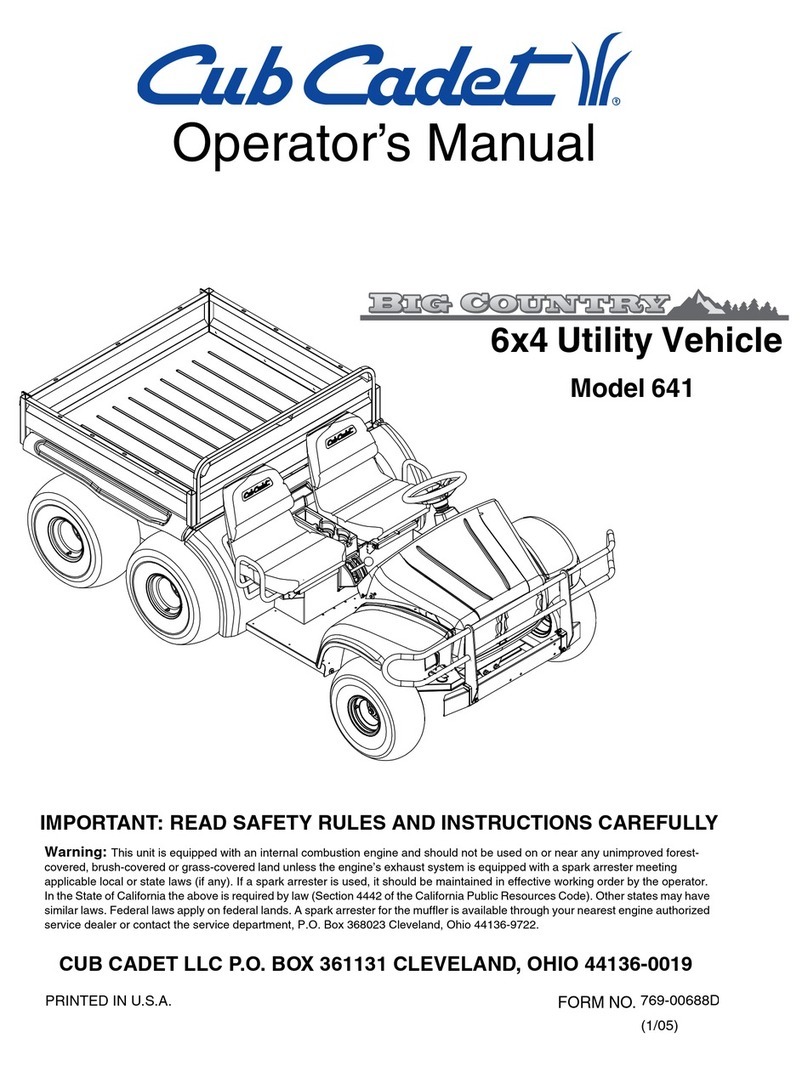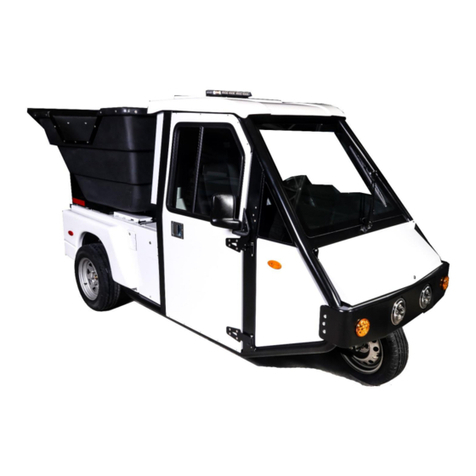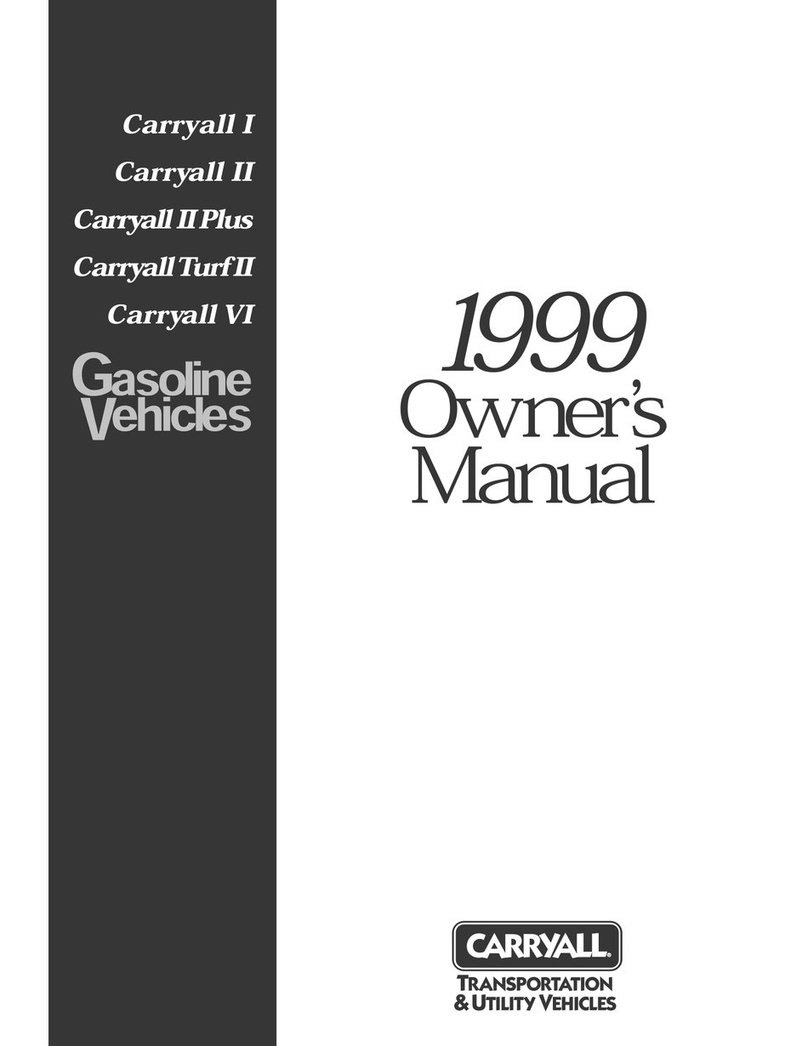
Engine Controls ............................................................................................................................ 3–3
Specifications .................................................................................................................................... 3–5
Attachments/Accessories............................................................................................................... 3–5
Chapter 4: Operation ........................................................................................................................... 4–1
Before Operation .............................................................................................................................. 4–1
Before Operation Safety ............................................................................................................. 4–1
Fuel .................................................................................................................................................. 4–2
Performing Daily Maintenance.................................................................................................. 4–3
During Operation .............................................................................................................................. 4–3
During Operation Safety ............................................................................................................. 4–3
Starting the Engine....................................................................................................................... 4–5
Shutting Off the Engine ............................................................................................................... 4–6
Operating the Machine................................................................................................................ 4–7
Operator Platform......................................................................................................................... 4–7
Operating the Hopper.................................................................................................................. 4–9
After Operation................................................................................................................................ 4–10
After Operation Safety............................................................................................................... 4–10
Haul the Machine........................................................................................................................ 4–10
Removing the Outer Wheels.................................................................................................... 4–14
Chapter 5: Maintenance ..................................................................................................................... 5–1
Maintenance Safety ......................................................................................................................... 5–1
Recommended Maintenance Schedule...................................................................................... 5–2
Pre-Maintenance Procedures ....................................................................................................... 5–3
Moving a Non-Functional Machine........................................................................................... 5–3
Lifting the Machine ....................................................................................................................... 5–3
Removing the Cowl...................................................................................................................... 5–4
Lubrication.......................................................................................................................................... 5–5
Greasing the Machine ................................................................................................................. 5–5
Engine Maintenance........................................................................................................................ 5–6
Servicing the Air Cleaner ............................................................................................................ 5–6
Engine Oil Service........................................................................................................................ 5–7
Replacing the Spark Plug ........................................................................................................... 5–9
Cleaning the Blower Housing .................................................................................................... 5–9
Fuel System Maintenance............................................................................................................ 5–10
Cleaning the Sediment Cup ..................................................................................................... 5–10
Replacing the Fuel Filter........................................................................................................... 5–10
Draining the Fuel Tank .............................................................................................................. 5–11
Drive System Maintenance .......................................................................................................... 5–11
Checking the Transmission Neutral Position ....................................................................... 5–11
Inspecting the Tires.................................................................................................................... 5–12
Torquing the Wheel Lug Nuts .................................................................................................. 5–12
Brake Maintenance ........................................................................................................................ 5–13
Checking the Brake Pedal........................................................................................................ 5–13
Checking the Parking Brake .................................................................................................... 5–13
Adjusting the Parking Brake..................................................................................................... 5–13
Hydraulic System Maintenance .................................................................................................. 5–14
Hydraulic Fluid Specifications ................................................................................................. 5–14
Checking the Hydraulic Fluid................................................................................................... 5–15
Changing the Hydraulic Fluid .................................................................................................. 5–15
Replacing the Hydraulic Filter ................................................................................................. 5–16
Checking the Hydraulic Lines .................................................................................................. 5–17
Cleaning............................................................................................................................................ 5–17
Removing Debris ........................................................................................................................ 5–17
3451-702 A Page 3 Disclaimers and Regulatory Information:
